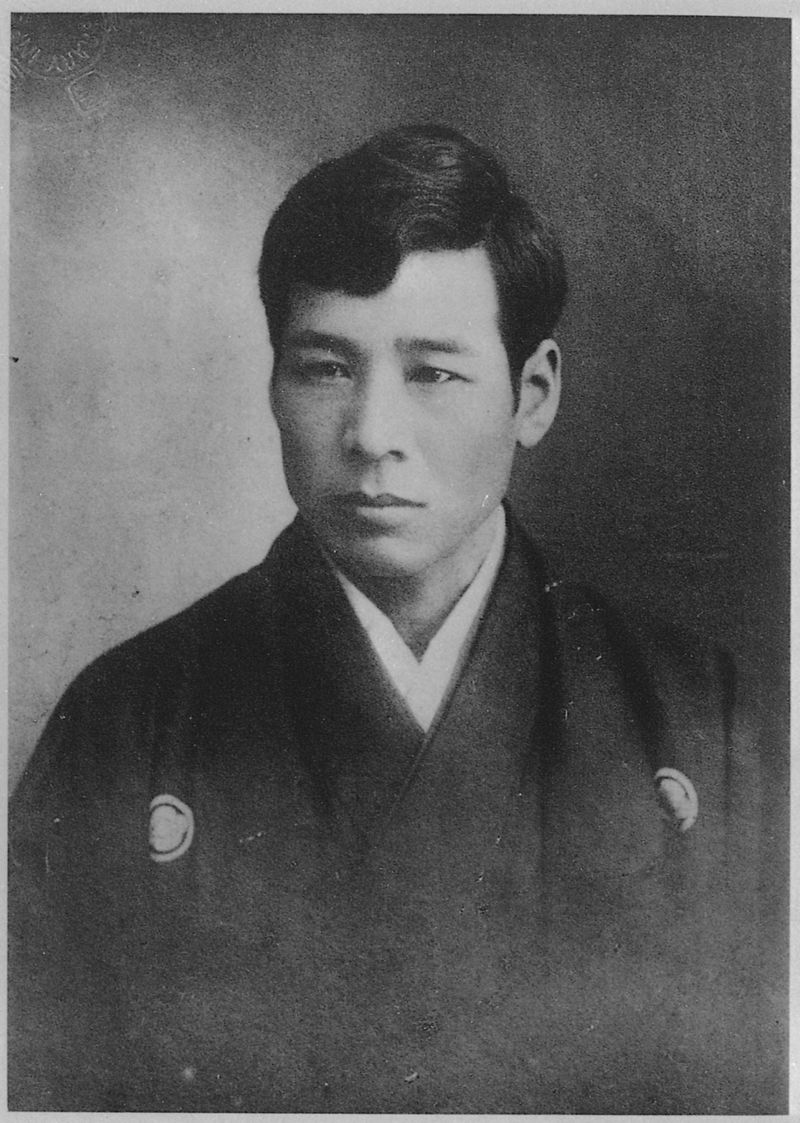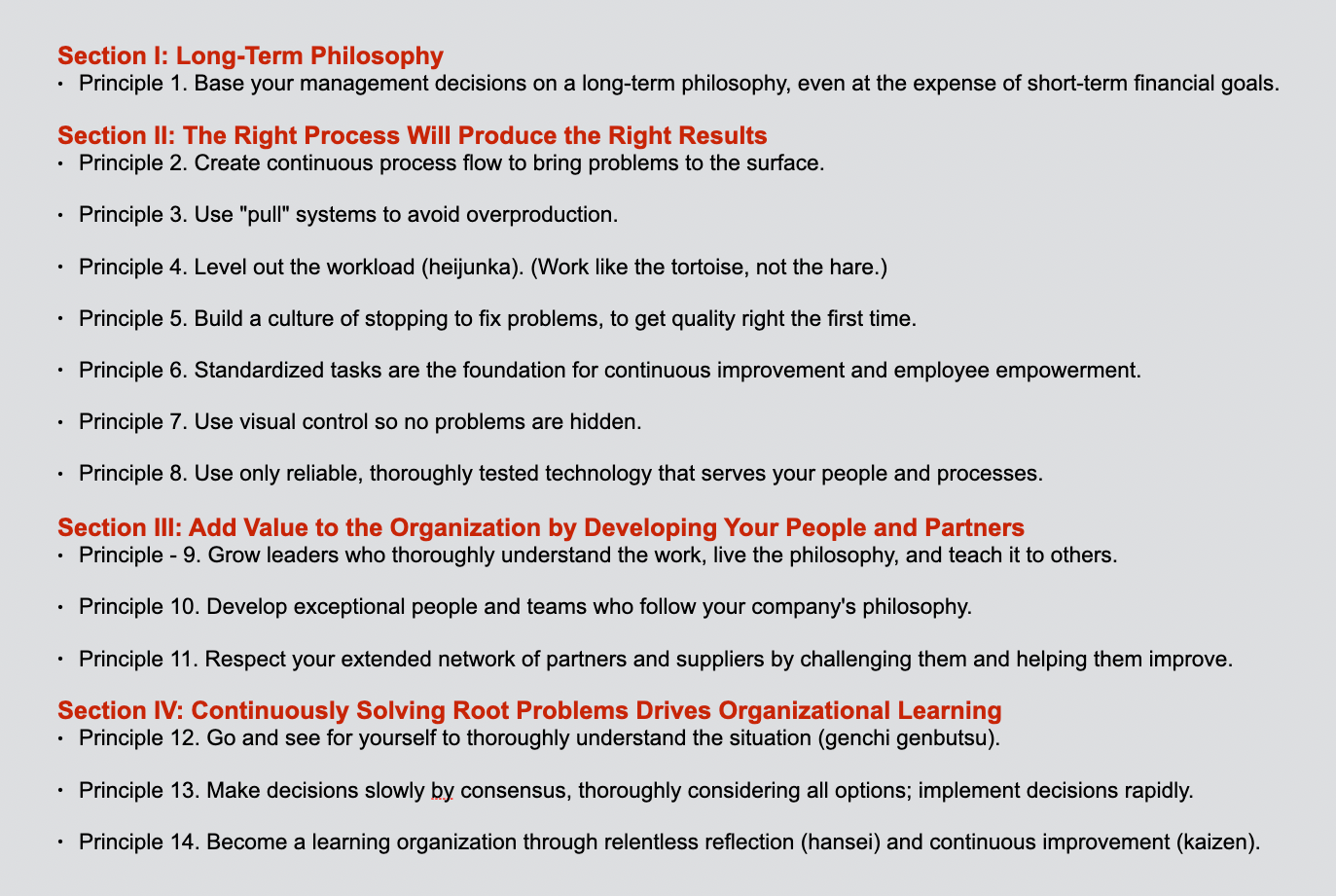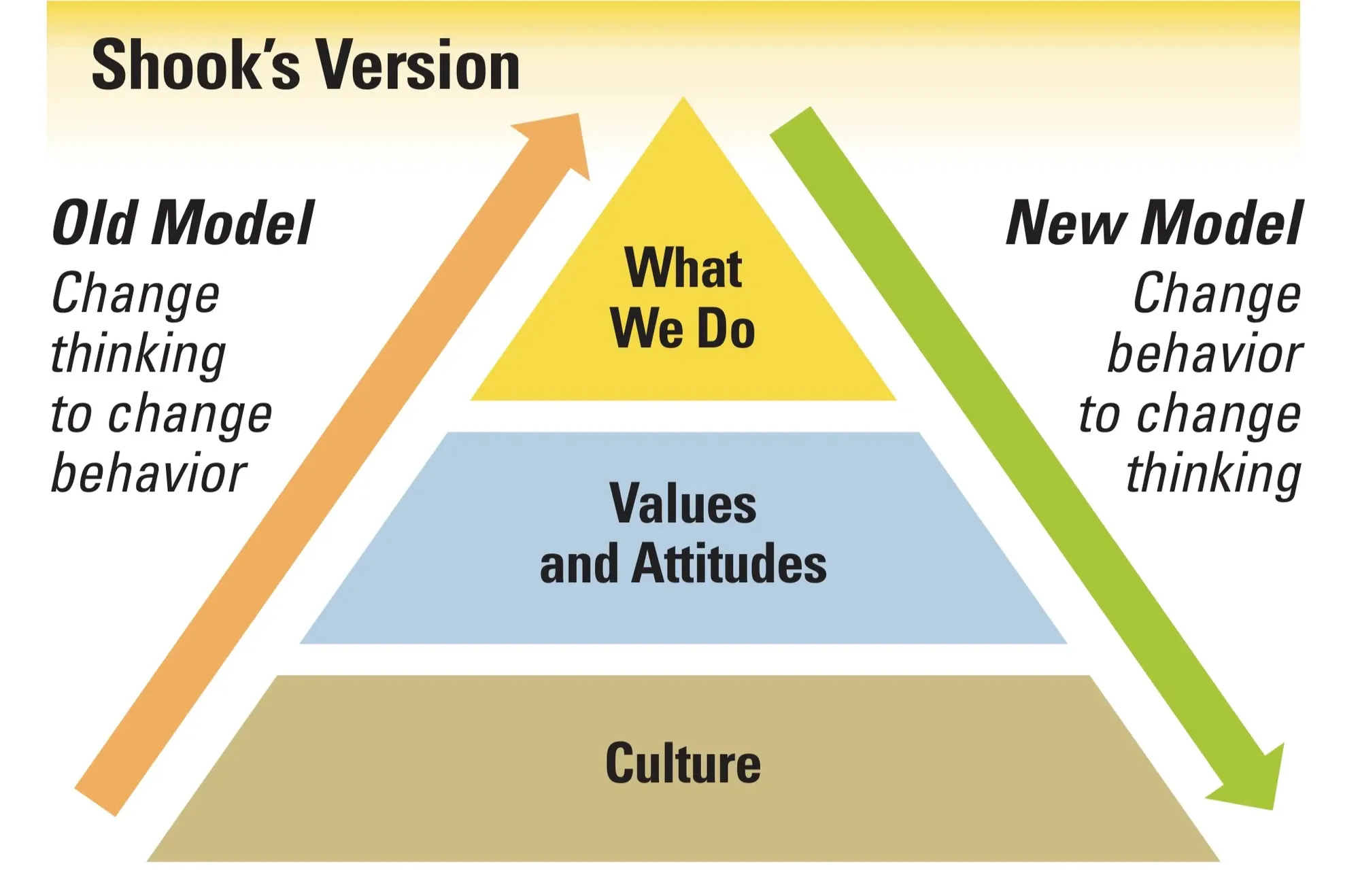Lessons About Changing Culture - GM/Toyota Case Study
Culture changes when values are integrated into day-to-day operations.

In the early 1980’s GM’s Fremont plant was one of the worst-performing plants in the company. The labor force was also considered to be the worst in the entire auto industry. Absenteeism was over 20%. Sometimes so few people showed up, they would have to pull people from a local bar to start the assembly line.
Workers were constantly on strike and filing grievances. Sex and drugs were rampant in the factory. They were even known to sabotage quality, putting coke bottles in door panels to annoy eventual customers. Finally, in 1982 GM had enough and shut down the factory.
However, fortunes would change a few years after a partnership between GM and an overseas automaker. Toyota was behind competitors Nissan and Honda in their expansion, and they were facing pressure to start producing vehicles in the United States.
Instead of opening a new plant on their own, Toyota wanted to learn quickly how to transfer and teach their system to American workers. GM knew about Toyota’s production system and thought learning from them could benefit their company as well. So a partnership was formed, and they chose to bring an old factory back online.
In 1984 the Fremont factory produced its first car in 2 years. This time around, the factory would have extremely different results. Defects dropped to be one of the best in the country. Absenteeism fell from 20% to 2%. Even more impressive, they did this with the same workforce that plagued that plant only a few years earlier.
So what changed?
John Shook, who Toyota hired to oversee this joint venture, writes;
“As someone who was there at its launch and witnessed a striking story of phenomenal company culture reinvention, I am often asked: “What did you really do to change the culture at NUMMI (GM/Toyota partnership) so dramatically, so quickly?”
I could answer the question from high altitude by simply saying, “We instituted the Toyota production and management systems.” But in the end that doesn’t explain much.
A better way to answer is to describe more specifically what we actually did that resulted in turning the once dysfunctional disaster — GM’s Fremont, California, plant — into a model manufacturing plant with the very same workers. And describing what we did, and what worked so profoundly, says some interesting things about what “culture” is in the first place.”
This article will look at the Toyota production and management system and how it was developed. We will also look at some lessons on how to change a culture from its implementation in the GM plant.
Toyota's Values

Sakichi Toyoda started Toyoda Automatic Loom Works in 1926. He was a tinkerer, inventor, and engineer who had a zeal for continuous improvement. A trait that would define his company and family values. He observed that technology was changing and the loom business he built would eventually be obsolete.
He encouraged his son Kiichiro Toyoda to inherit his business and create something of his own. He tasked him with creating a company that would benefit society and move away from the older loom technology into something new. Kiichiro, like his father, was also an engineer and eventually founded Toyota Motor Company. He would build on his father's values and create new aspects that would eventually make up part of the Toyota production system.
However, while he was building his company, Japan was devastated by the aftermath of WWII. Nuclear bombs and war destroyed most industries. Inflation also ran rampant, and consumers had little money. So while Kiichiro cut costs wherever he could to prevent layoffs (a value still held by the company), he was forced to ask 1600 workers to retire. As a result, workers conducted public demonstrations to show their dissatisfaction with the company.
To bring some peace, Kiichiro accepted responsibility for his failures and stepped down as president of Toyota. Another member of the family, Kiichiro’s cousin Eiji Toyoda, would carry the torch. Coming from similar family values, he would continue developing Toyota’s unique approach to production and management.
Toyota’s process comes from a combination of necessities, problem-solving, and family values. Jeffrey Liker, author of The Toyota Way: 14 Management Principles from the World's Greatest Manufacturer explains;
“Toyota started with the values and ideals of the Toyoda family. To understand the Toyota Way, we must start with the Toyoda family. They were innovators, they were pragmatic idealists, they learned by doing, and they always believed in the mission of contributing to society. They were relentless in achieving their goals. Most importantly, they were leaders who led by example.”
So what is the Toyota process or what Liker refers to as the “Toyota Way”? While I won’t go into the specifics of each principle, here is an overview.

Change Culture by Changing Actions
Most organizations have values that sound good. But, values alone don’t explain how the workers were able to buy into and implement them. We can go back to the Fremont Factory, and John Shook to understand better why they worked from a cultural perspective.
Traditional thinking is to work on culture directly. Inspire and change people's values and beliefs, eventually encouraging them to change their actions and behaviors. However, Shook argues that it is more effective to start with actions first;
“Those of us trying to change our organizations’ culture need to define the things we want to do, the ways we want to behave and want each other to behave, to provide training and then to do what is necessary to reinforce those behaviors. The culture will change as a result.”

Basically, Toyota designed everything around how they want their employees to demonstrate their values or what they want to accomplish. This sounds simple, but in my experience, this is one of the hardest concepts for organizations to achieve.
Part of the job responsibility or how they want their employees to "behave" is to consistently find problems and improve (similar to how the founders behaved). An example of what this looks like is the concept of “stop the line,” a process during the assembly line where a worker is expected to pause production if they encounter a problem. This aligns with their values and what they want to accomplish. Most places wouldn’t give this much responsibility to a front-line worker.
"When NUMMI was being formed, though, some of our GM colleagues questioned the wisdom of trying to install andon there. “You intend to give these workers the right to stop the line?” they asked. Toyota’s answer: “No, we intend to give them the obligation to stop it — whenever they find a problem.” - Shook
Stopping the line has consequences for production, but each Toyota worker knows that this is part of their job title. They are given knowledge and skills to know when they have encountered a problem and the next steps to solve it. This process of identifying problems is expected and reinforced at all levels of management.
“As general manager of production control — arguably Toyota’s area of most unique operational expertise — Uchikawa had a team of six very smart, midlevel GM managers working for him. Being very smart, young GM managers, they had a ready response whenever Uchikawa asked them to report on how things were proceeding — “No problem!” The last thing they wanted was their boss sticking his nose into their problems. Finally Uchikawa exploded, “No problem is problem! Managers’ job is to see problems!” ” - Shook
If all of that sounds simple, compare the concept of empowered employees to identify and address problems to traditional organizations (which probably state something similar).
“ In early 1995 at an assembly plant on the outskirts of Detroit, I observed a worker make a major mistake. A regular automated process was down for the day, so the worker was making do with a work-around. And with the work-around, he managed to attach the wrong part on a car. He quickly realized his mistake, but by then the car had already moved on, out of his work station. That’s when I saw an amazing thing.
There was nothing that the worker could easily do to correct his mistake! Scratch the word “easily” from that. There was nothing at all that he could do. This was far from the NUMMI/Toyota process of making it (1) difficult to make a mistake to begin with; (2) easy to identify a problem or know when a mistake was made; (3) easy in the normal course of doing the work to notify a supervisor of the mistake or problem; and (4) consistent in what would happen next, which is that the supervisor would quickly determine what to do about it.
But for that worker on the Big Three assembly line, there was, practically speaking, nothing he could do about the mistake he had just made. No rope to pull. No team leader nearby to call. A red button was located about 30 paces away. He could walk over and push that button, which would immediately shut down the entire line. He would then indeed have a supervisor come to “help” him. But he probably wouldn’t like the “help” he would get.” - Shook
Conclusion
The Toyota "way" is born out of a combination of values and pragmatic systems. However, good values alone don't create a culture of success. People have to believe in those values and execute them. This doesn't happen by only speaking to values and hoping that people buy-in. Those values have to be integrated into everything from job titles to day-to-day processes. Making it easy for people to do their job means they can be successful at their job. Their success then changes their attitude toward that job.
“What changed the culture at NUMMI wasn’t an abstract notion of “employee involvement” or “a learning organization” or even “culture” at all. What changed the culture was giving employees the means by which they could successfully do their jobs. It was communicating clearly to employees what their jobs were and providing the training and tools to enable them to perform those jobs successfully.” - Shook
